October 29, 2025
Data Shows Endangered Palau Ground Doves Swiftly Recovering After Successful Palauan Island Conservation Effort
Astounding evidence of recovery on Ulong Island in Palau after just one year!
Published on
November 26, 2013
Written by
Heath
Photo credit
Heath
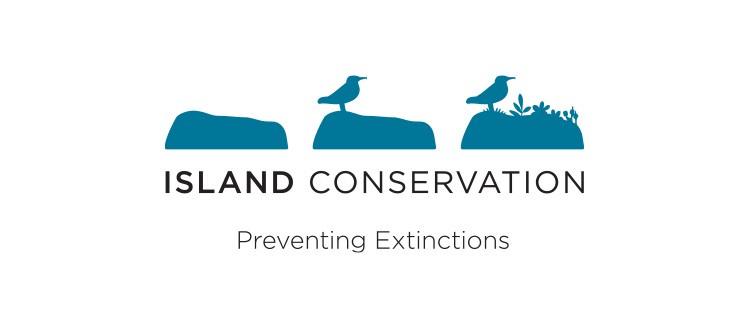
What stories will you tell at this year’s holiday parties?
You could share a captivating story of species coming back from the brink of extinction on Pinzón Island in the Galápagos.
For over 150 years, the Pinzón Giant Tortoise (Chelonoidis ephippium) has been unable to successfully reproduce in its natural Galápagos habitat due to invasive rats which consume their eggs and young. Thus, it is listed as Extinct-in-the-Wild by the Internationl Union for the Conservation of Nature.
In 2012, invasive rats were removed from Pinzón Island by Island Conservation, the Galápagos National Park, and the Charles Darwin Foundation. And this year, tortoise hatchlings emerged from native Pinzón tortoise nests on Pinzón Island.
Or, you could tell a story about species rediscovery.
In 2011, Island Conservation and our partners removed invasive rats from Rábida Island to protect native species. When we returned to monitor species recovery this year, we made an unexpected discovery: a gecko species that was thought to be extinct! Scientists are currently working to classify the gecko.
These are just two of the exciting stories of island recovery that you’ll find in our recently released Impact Report.
We’d like to thank our donors, supporters and friends for making these successes possible. Together, we are ensuring a future filled with thriving native plants and animals worldwide.
To start saving species and become a supporter of Island Conservation,donate here or through our Crowdrise campaign (below).
Check out other journal entries we think you might be interested in.

October 29, 2025
Astounding evidence of recovery on Ulong Island in Palau after just one year!
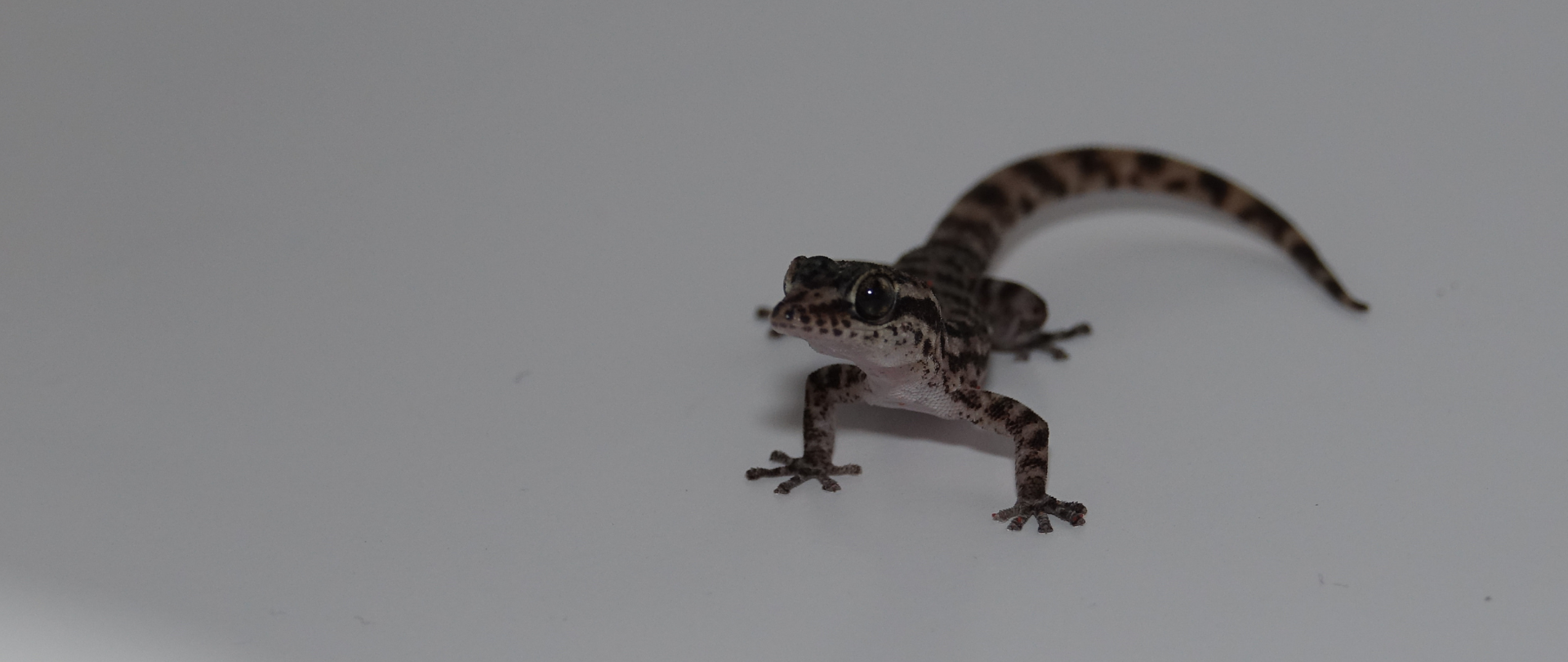
July 22, 2025
A species once thought extinct just made its comeback. A study published in PLOS ONE confirms the Leaf-toed Gecko has been rediscovered on Rábida Island in the Galápagos.
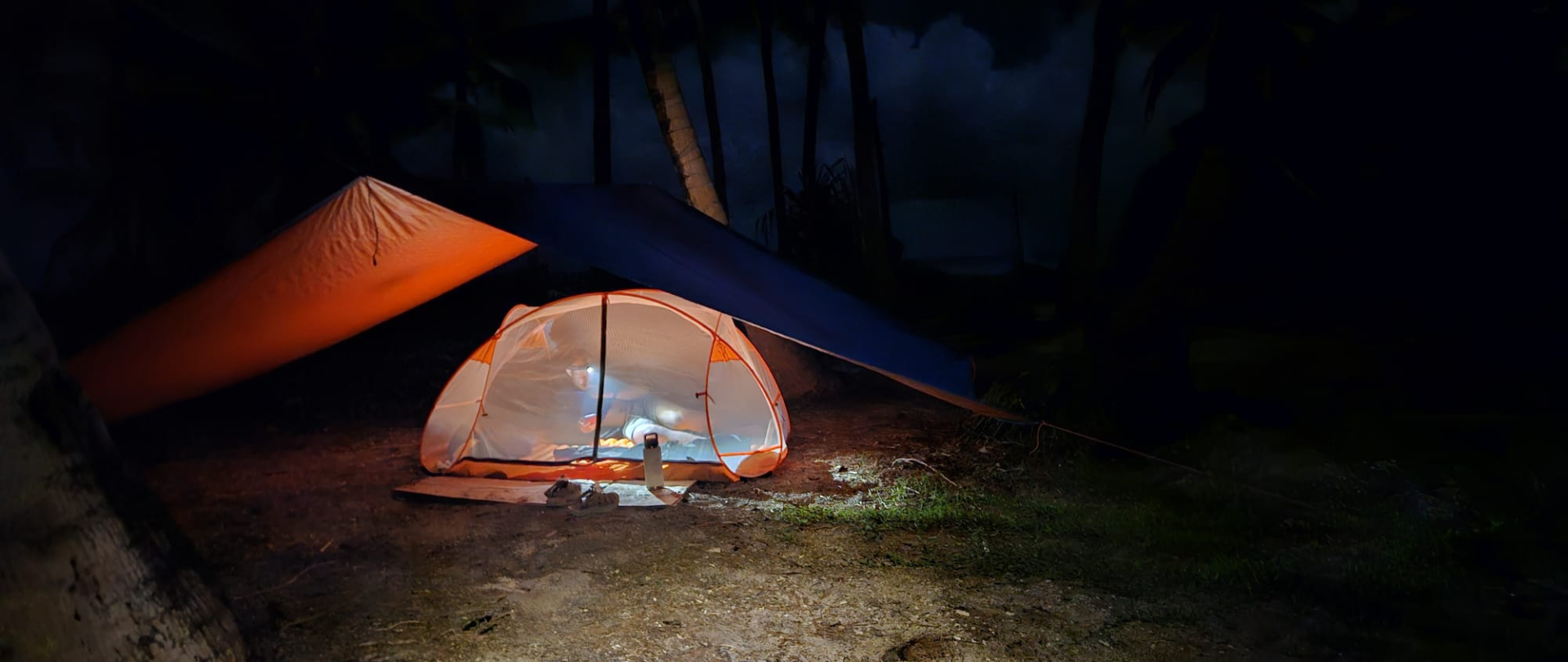
July 17, 2025
Great news from Tuvalu--our projects to restore Nukufetau Atoll, Tepuka, and Falefatu were successful!

June 17, 2025
Two new islands join the Island-Ocean Connection Challenge, linking terrestrial and marine conservation for maximum impact!
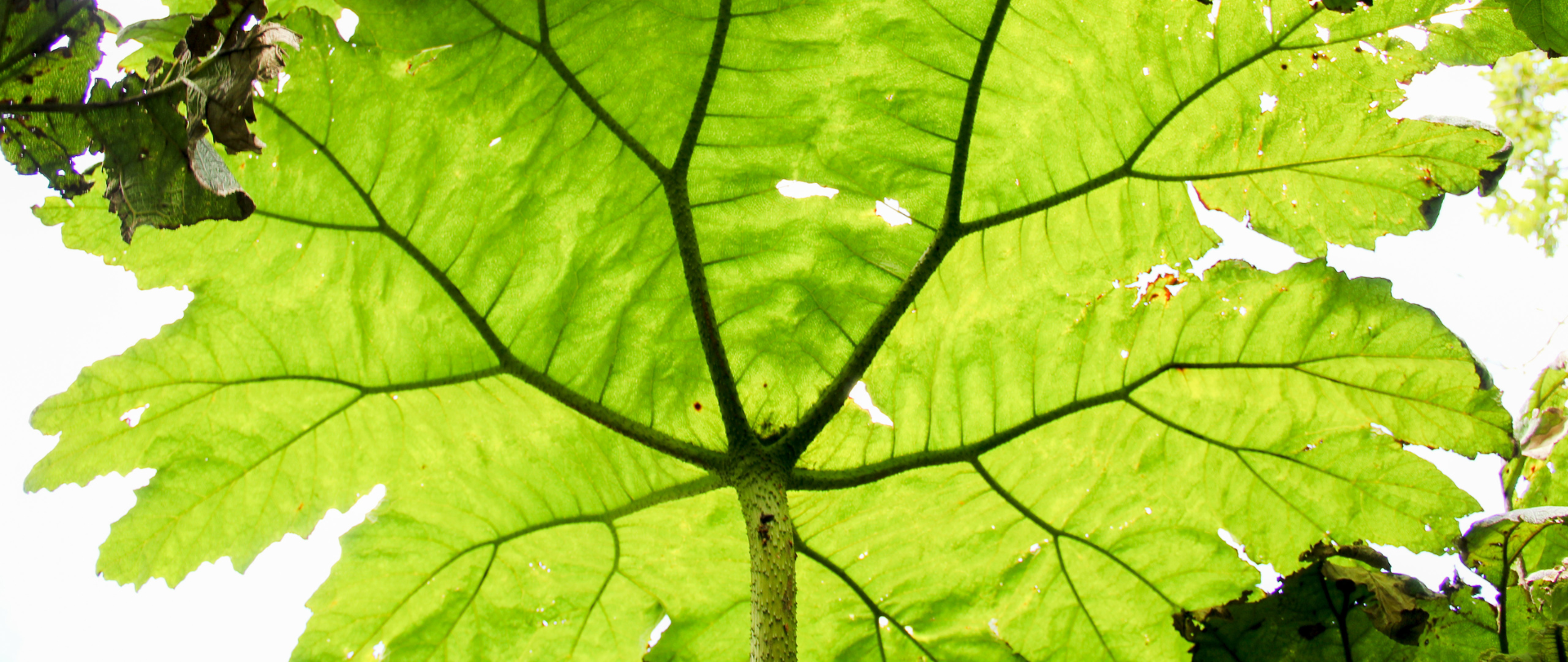
June 13, 2025
Our partner Conservation X Labs has joined the IOCC, committing to deploying transformative technology to protect island ecosystems!
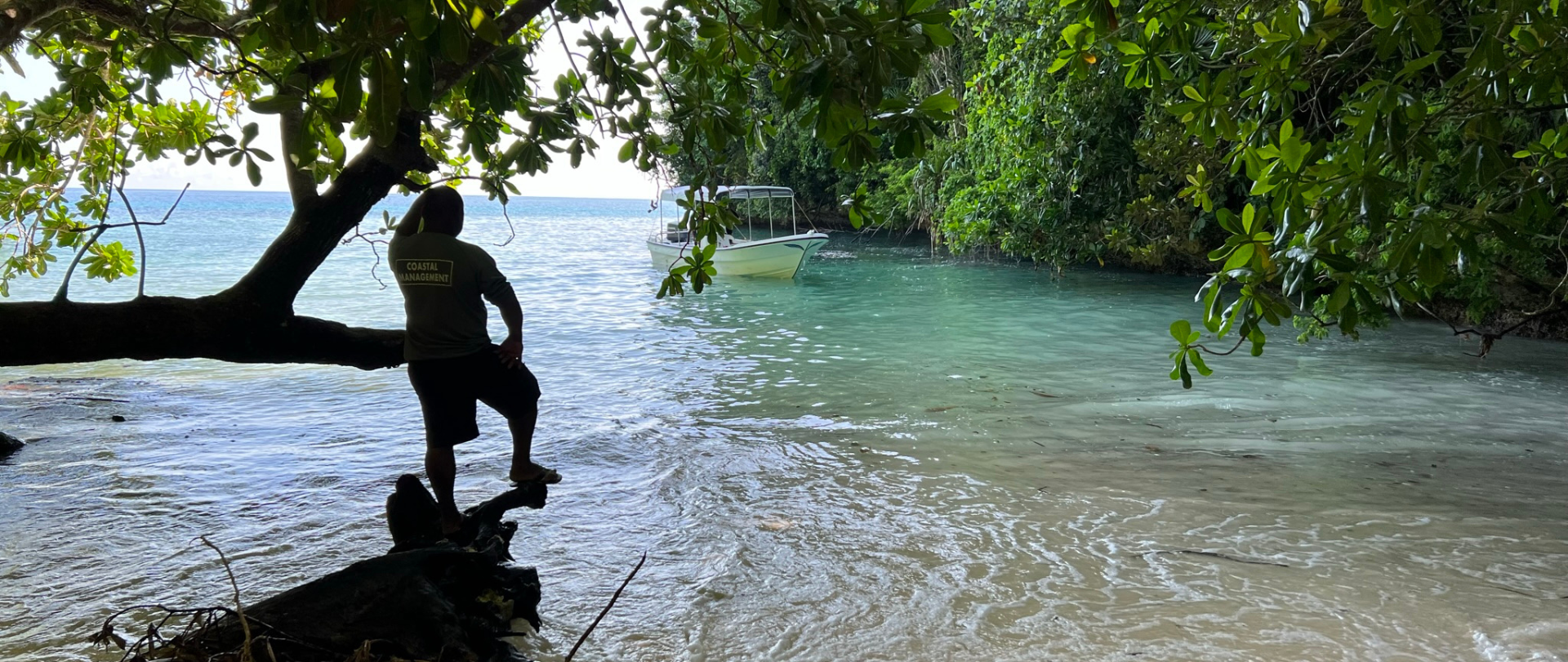
May 19, 2025
Read our position paper on The 3rd United Nations Ocean Conference (UNOC 3) to see why we're attending and what we aim to accomplish!
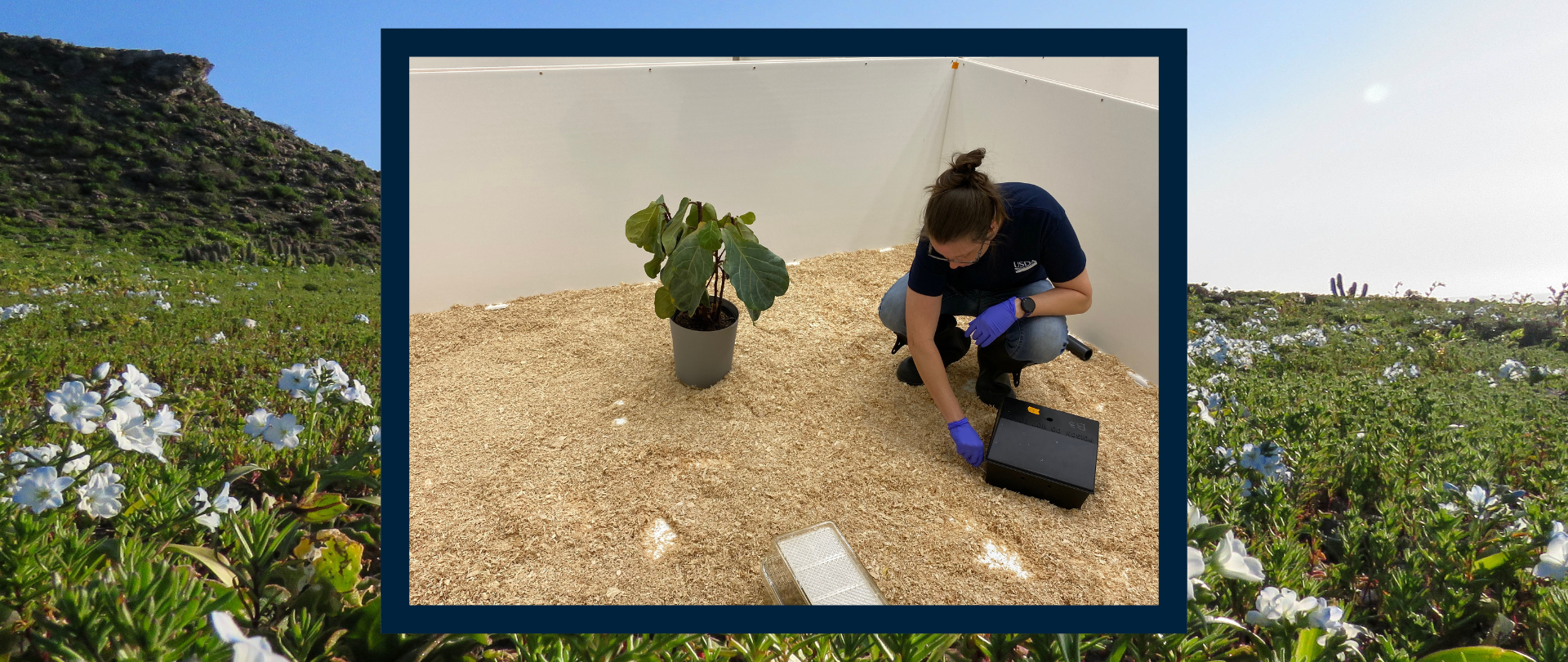
March 11, 2025
New environmental DNA technology can help protect vulnerable island ecosystems from destructive invasive species.
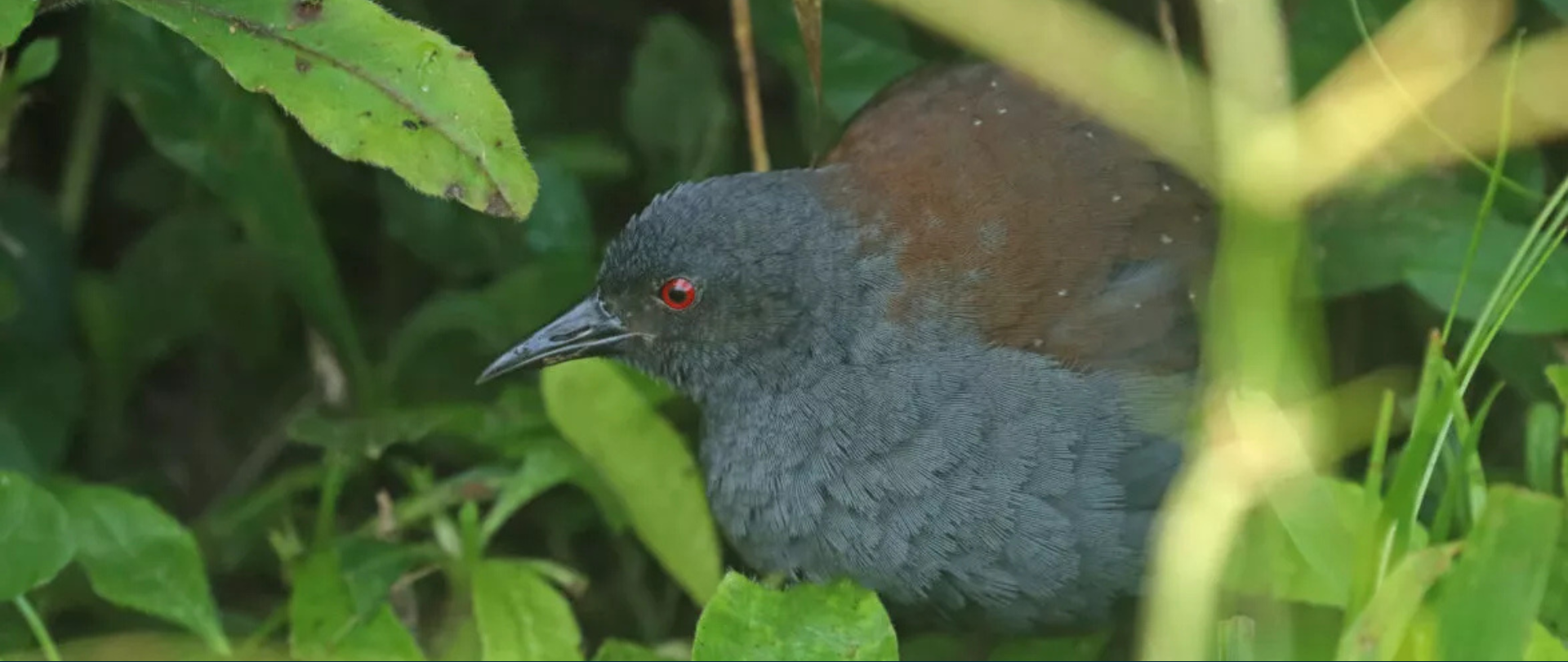
February 27, 2025
A locally-extinct species of ground-dwelling bird was found on Floreana Island!
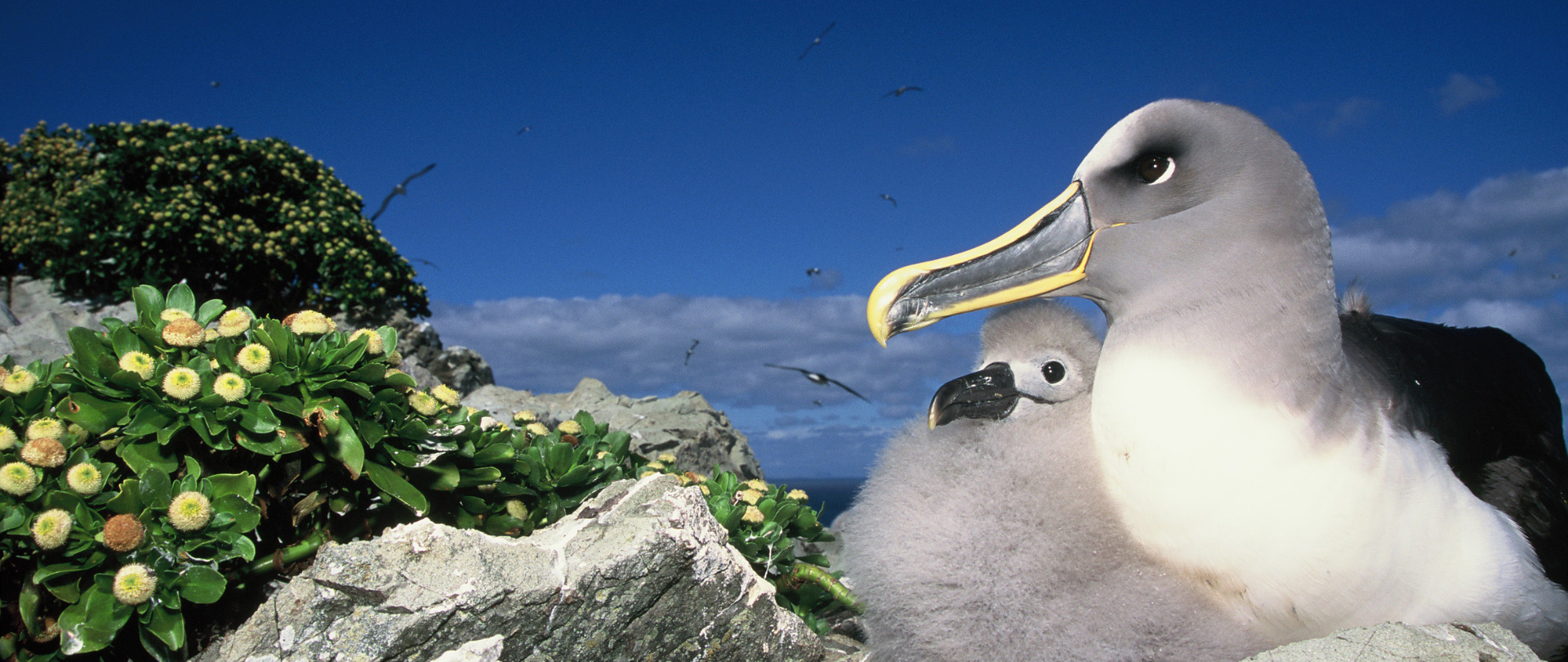
February 20, 2025
February 20, 2025, Bluff, New Zealand – The international conservation initiative, Island-Ocean Connection Challenge (IOCC), led by Island Conservation, Re:wild, and UC San Diego’s Scripps Institution of Oceanography, proudly welcomes three of New Zealand’s most ecologically rich islands into its…